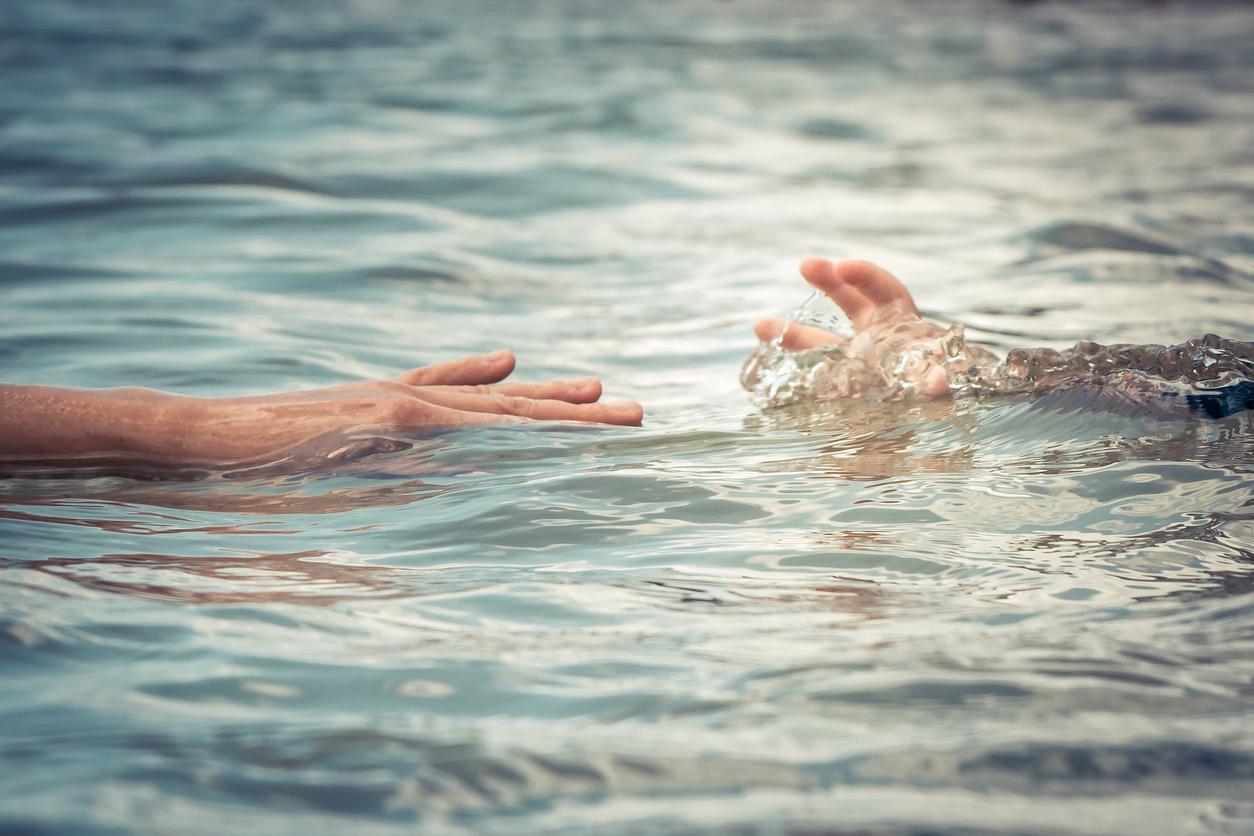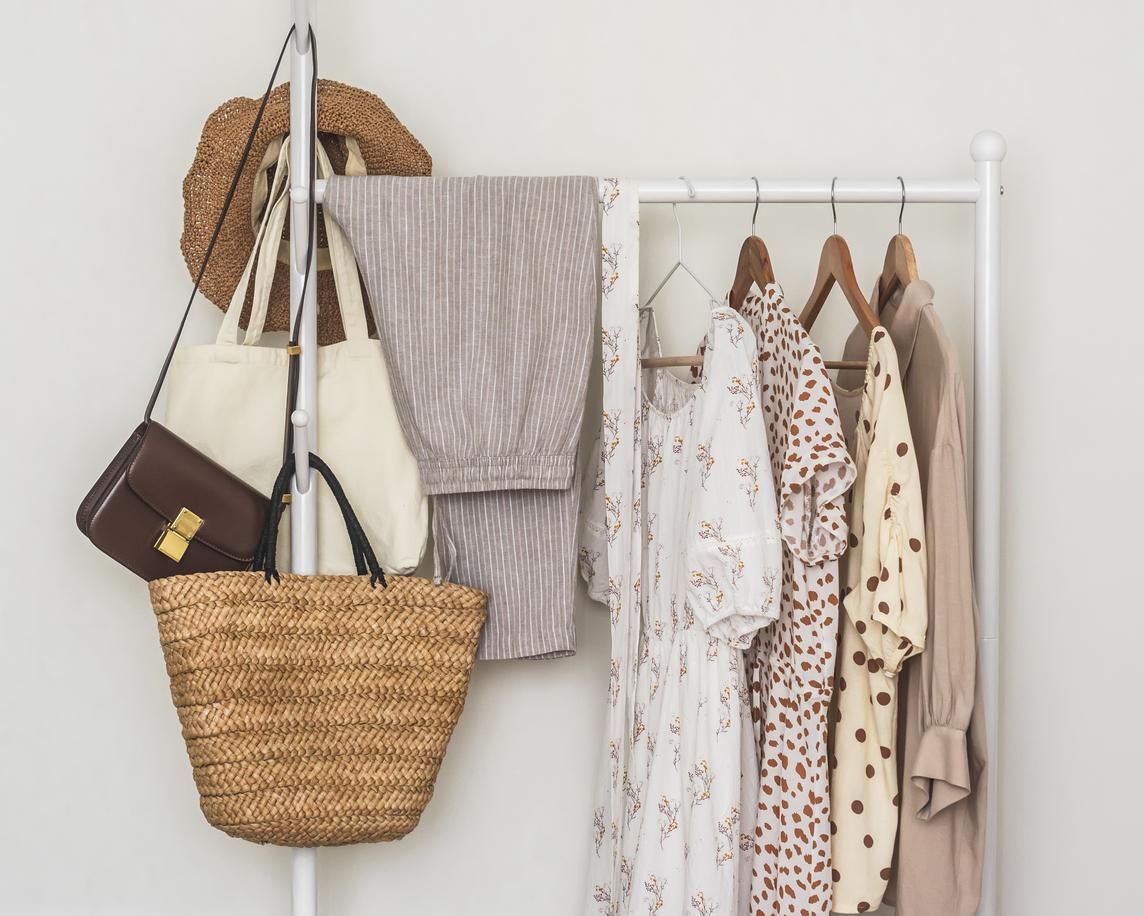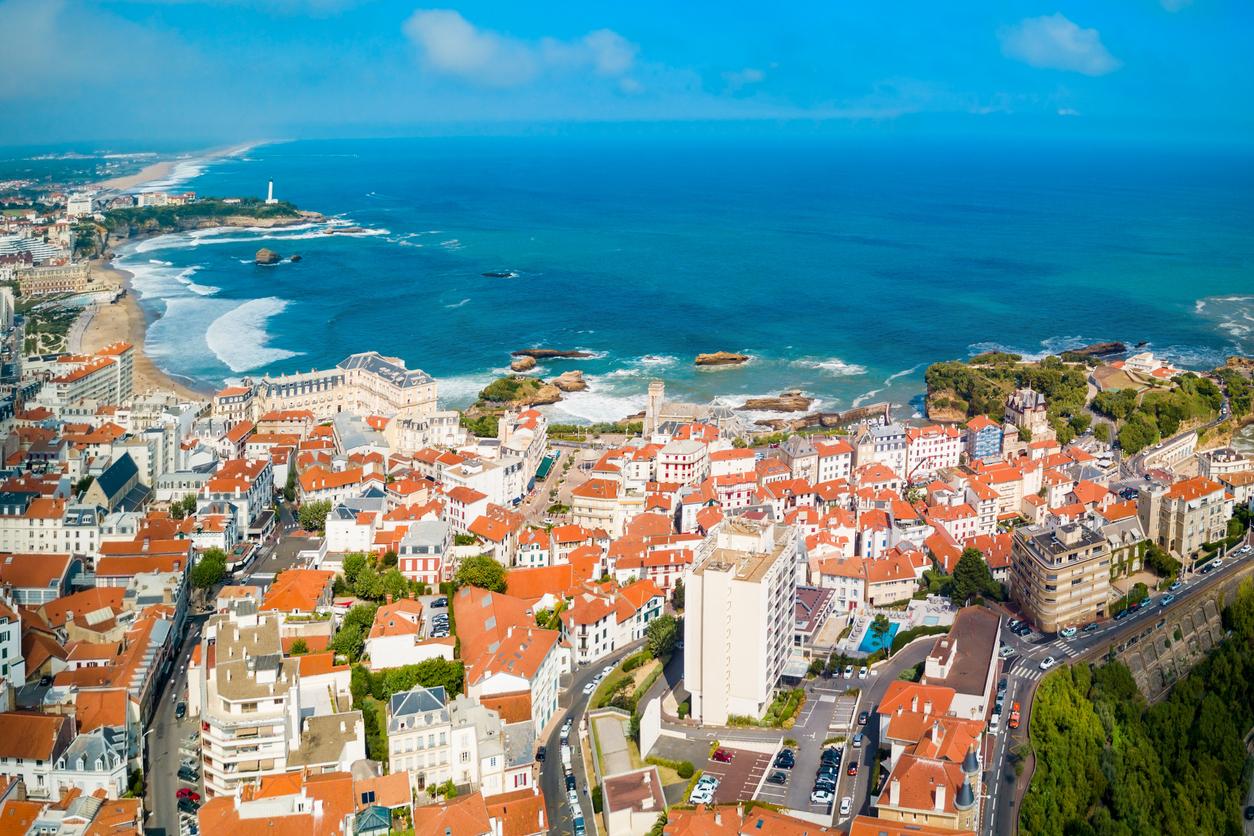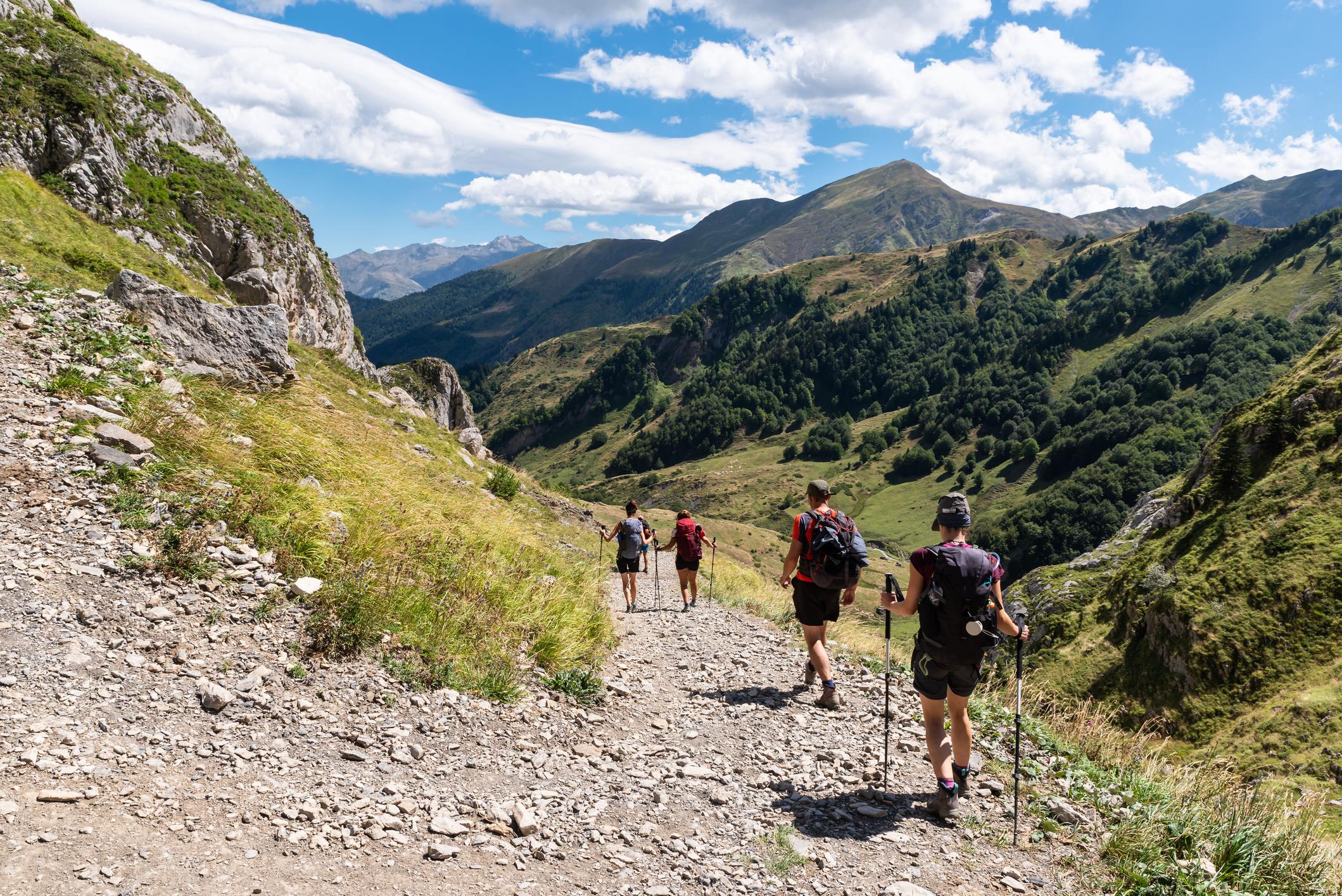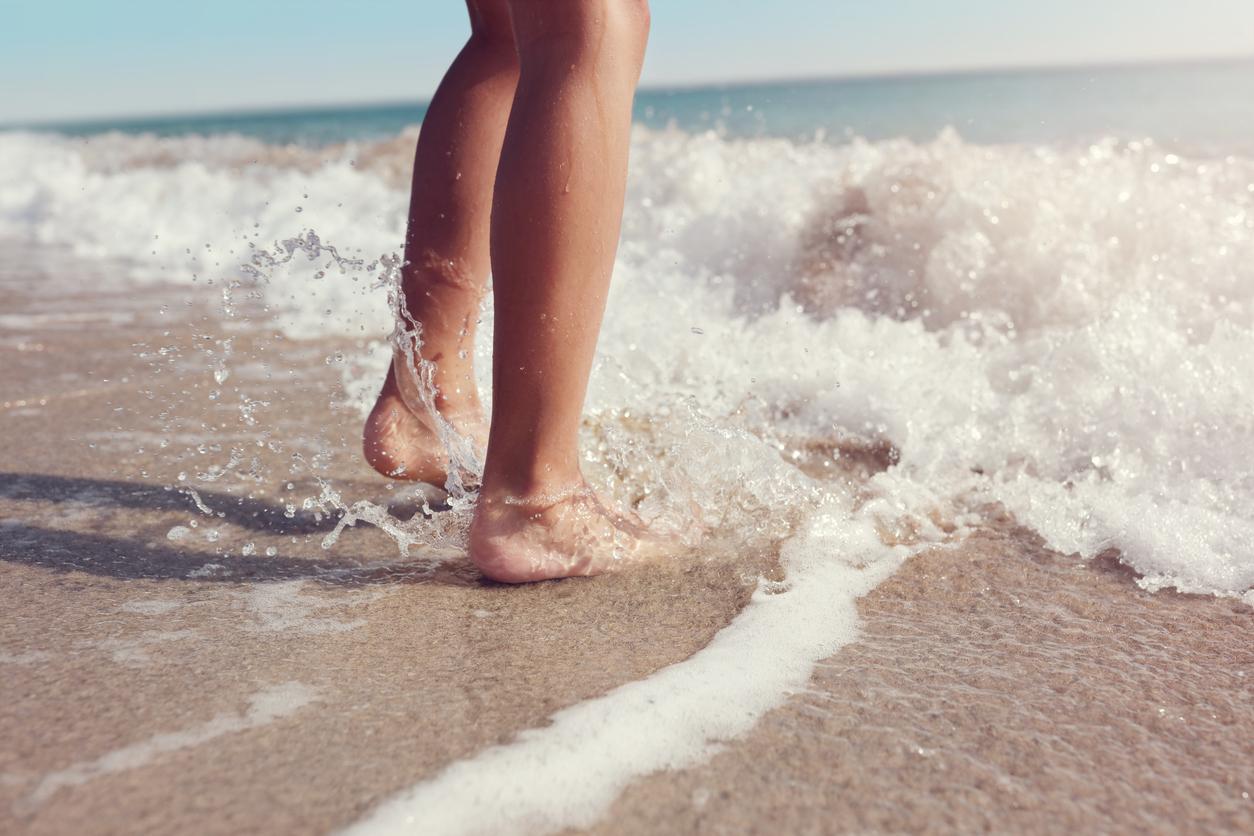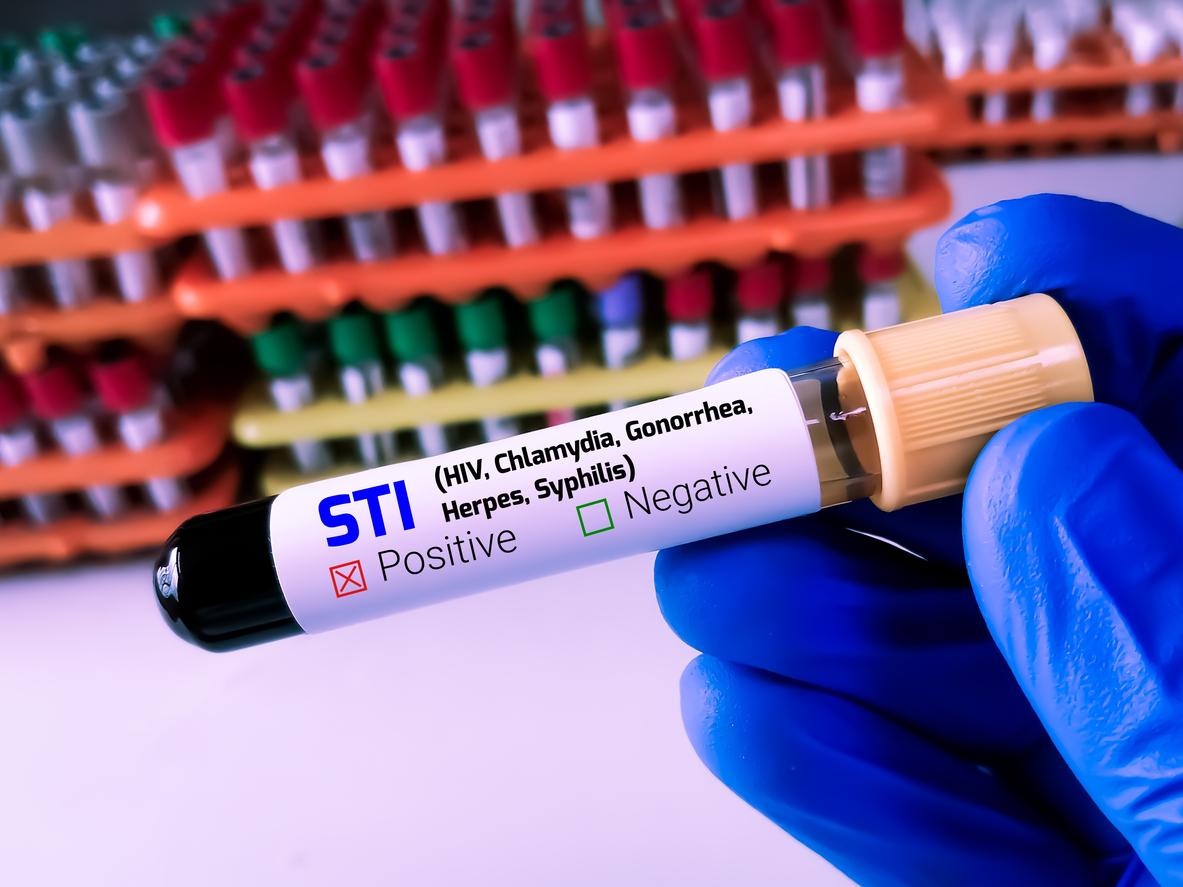Blisters caused by rubbing shoes can be very painful. Here are some tips to avoid and treat them.
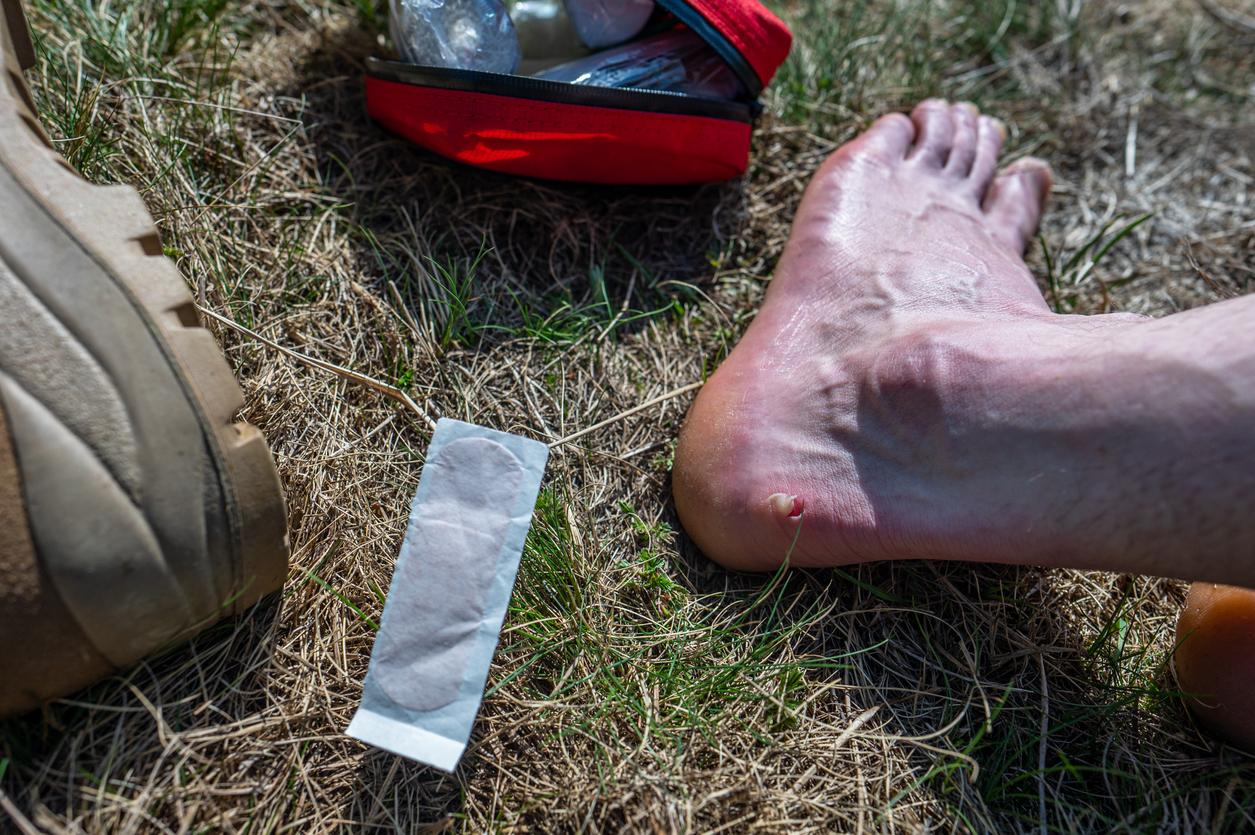
- Blisters caused by rubbing shoes, hiking or walking, can be very painful.
- To avoid them, you have to choose your shoes and socks carefully and prepare your feet.
- When they appear, it is necessary to treat them so that they do not become infected.
Blisters, medically called blisters, are the enemies of hikers, they can even appear sometimes during simple summer walks. They are painful, their healing can be long with a risk of infection. However, they can be avoided by taking a few precautions before going for a walk.
Choose suitable shoes
No matter how far you want to walk, it is necessary to choose a shoe adapted to the shape of your foot. They must maintain them correctly, not tighten them and that the laces are well tied. Before using them on long walks or hikes, it is important to wear them several times on short outings so that they adapt to your feet. “Prefer soft leather shoes, light and without seams: it allows better support, avoids friction and excessive perspiration“ precise health insurance. Long walks or hikes require socks dedicated to walking, without holes, which do not compress and wick away perspiration well.
Keep your feet hydrated
Blisters are more likely to appear on feet that are not ready for exercise. Walking or running regularly reduces the risks. You also need to take care of your feet by moisturizing them properly. Anti-irritation creams can be used a few days before the hike as well as on D-Day to prepare the feet. Some also recommend adding talc to hiking boots to limit moisture.
React at the first signs
If you notice your skin reddening over an area of rubbing, a bandage should be placed there to protect it and prevent blistering. Also, take advantage of the downtime to let your feet air out and dry out. Excessive sweating can promote the appearance of blisters.

How to treat blisters?
The main risk associated with blisters is infection. Treatment varies depending on the type of blisters. If it is small and closed, theHealth Insurance recommends not to puncture it, to protect it with a bandage during the day and to remove it at night to dry the blister. Obviously, you need to stop wearing the shoes that cause chafing until the area is completely healed.
If the blister is large and closed, you need to wash your hands and pierce it with a disinfected or heated needle. Press lightly and the liquid in the bulb will be drained. Then you should disinfect the area, but do not remove the dead skin as it acts as a natural protection. During the day, a bandage will prevent further chafing, but again, it should be removed at night to allow the blister to dry.
In the event that the skin of the blister is torn off, it is necessary to disinfect and protect. If there are signs of infection, such as pus discharge or fever, you should see a doctor.









